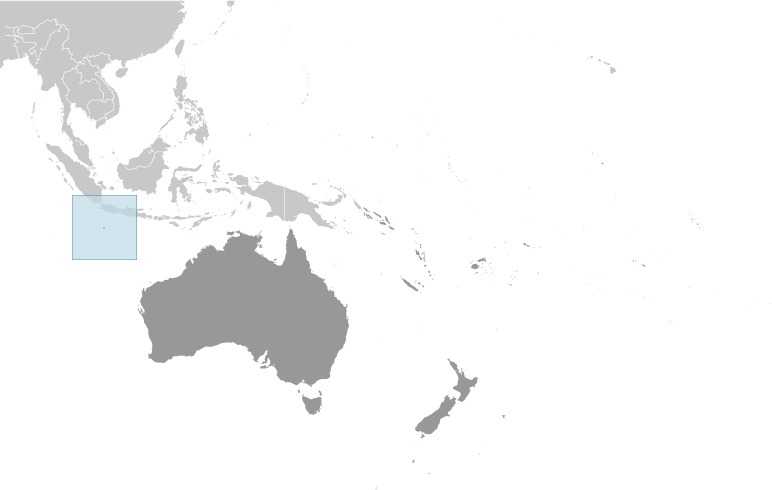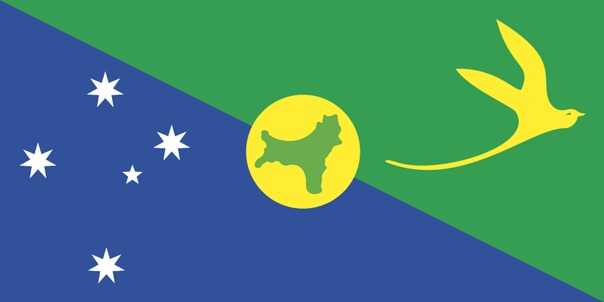Introduction
Background
Although Europeans sighted Christmas Island in 1615, it was named for the day of its rediscovery in 1643. The discovery of phosphate deposits led to the UK annexing the island in 1888, and in 1958, the UK transferred sovereignty to Australia.
Geography
Area
total: 135 sq km
land: 135 sq km
water: 0 sq km
Climate
tropical with a wet season (December to April) and dry season; heat and humidity moderated by trade winds
Natural resources
phosphate, beaches
People and Society
Population
total: 1,692
male: 1,007
female: 685 (2021 est.)
Ethnic groups
Chinese 70%, European 20%, Malay 10% (2001)
Languages
English (official) 27.6%, Mandarin 17.2%, Malay 17.1%, Cantonese 3.9%, Min Nan 1.6%, Tagalog 1%, other 4.5%, unspecified 27.1% (2016 est.)
Religions
Muslim 19.4%, Buddhist 18.3%, Roman Catholic 8.8%, Protestant 6.5% (includes Anglican 3.6%, Uniting Church 1.2%, other 1.7%), other Christian 3.3%, other 0.6%, none 15.3%, unspecified 27.7% (2016 est.)
Population growth rate
1.11% (2014 est.)
Government
Government type
non-self-governing overseas territory of Australia
Capital
name: The Settlement (Flying Fish Cove)
Executive branch
chief of state: King CHARLES III (since 8 September 2022); represented by Governor-General of the Commonwealth of Australia General David HURLEY (since 1 July 2019)
head of government: Administrator Ms. Farzian ZAINAL (since 11 May 2023)
Legislative branch
description: unicameral Christmas Island Shire Council (9 seats; members directly elected by simple majority vote to serve 4-year terms)
Economy
Economic overview
high-income Australian territorial economy; development through government services and phosphate mining; operates Australia’s Immigration Detention Centre; increasing tourism and government investments; sustained environmental protections
Industries
tourism, phosphate extraction (near depletion)
Exports - partners
NZ 25%, Indonesia 18%, Singapore 12%, Australia 9%, Ireland 8% (2022)
Exports - commodities
phosphates, fertilizers, chemical analysis instruments, electrical transformers, measuring instruments (2022)
Imports - partners
Australia 93%, US 3%, Malaysia 2%, Singapore 1%, Fiji 0% (2022)
Imports - commodities
refined petroleum, cars, iron structures, air conditioners, paintings (2022)
Exchange rates
Australian dollars (AUD) per US dollar -
Exchange rates:
1.311 (2017 est.)
1.3442 (2016 est.)
1.3442 (2015)
1.3291 (2014 est.)
1.1094 (2013 est.)
Page last updated: Wednesday, May 15, 2024



